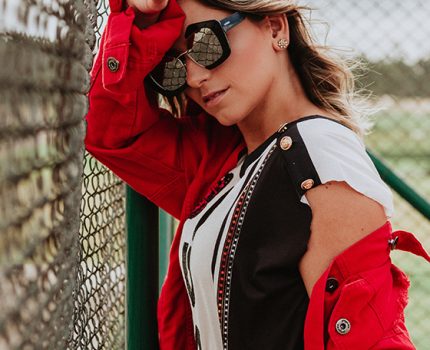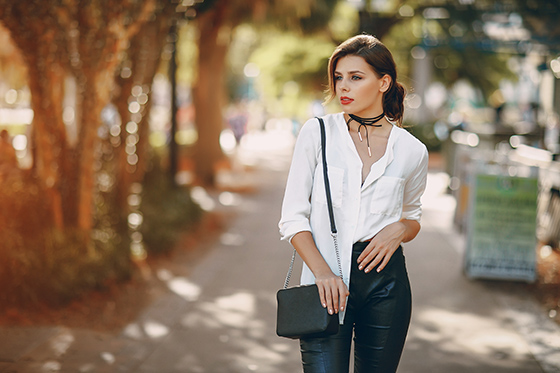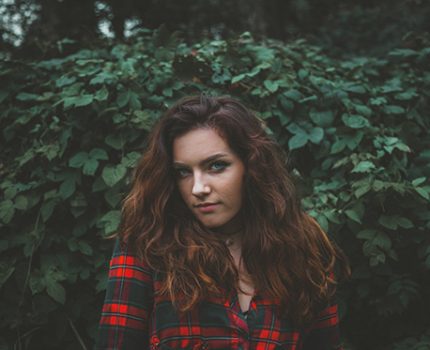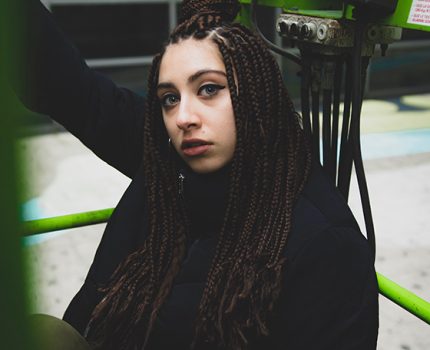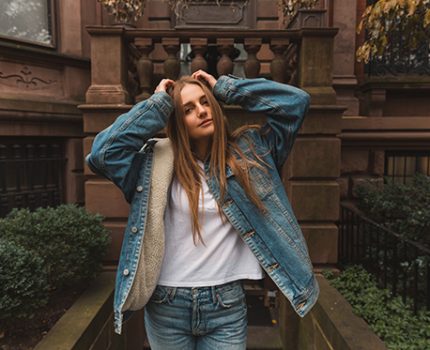Unveiling the Mysteries of Masquerade Ball Costumes
Masquerade balls, originating from Renaissance Europe, are known for their elegance and mystery. Modern masquerade costumes blend historical elements like masks and capes with contemporary flair, incorporating LED lights and eco-friendly materials. These costumes allow attendees to express emotions and identities without words while maintaining anonymity. The careful selection of colors and motifs adds symbolic depth, enabling personal expression in a fantastical setting.


